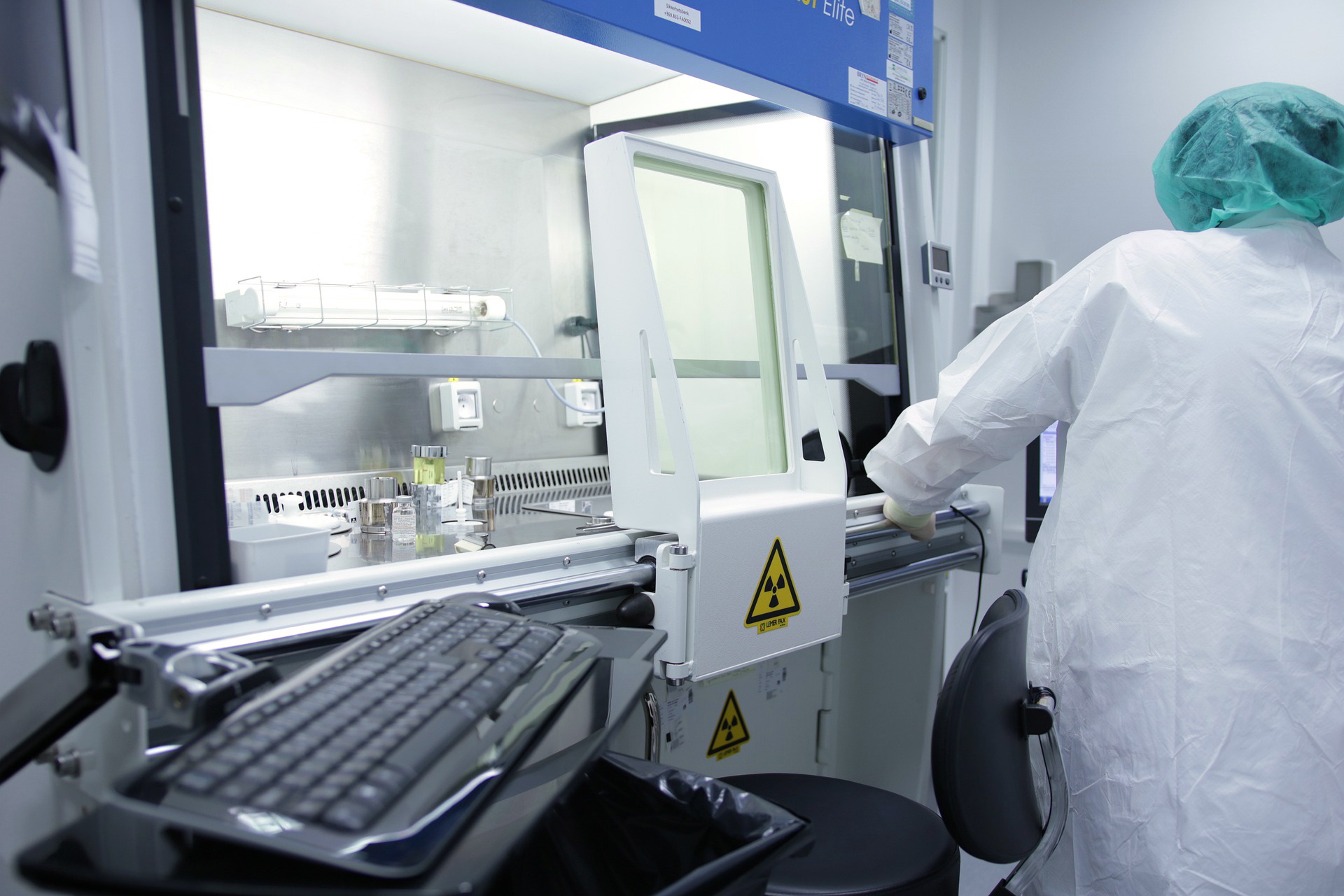for support
(888)123-4567
We’ve discussed at length the issues of biometric security and the ways it can possibly enrich, or endanger our efforts. As businesses and industries grow and find an increasing need to have their security solutions to be a step ahead of modern threats, having to choose a good biometric security solution to fit specific needs becomes a decision that could pay or cost dividends in the future.What are the questions that should be posed to the business and industry to make sure that the biometric solution in place answers and stands the test of time?Below are a few key considerations that can help guide you to the right solution.

1) Environmental considerations
As the human body reacts differently depending on the severity of the weather conditions, this puts the fidelity of your biometric solution to the test - and hence the weather conditions in which your biometric solution is placed in should be one of your first considerations.
In environments with high temperatures, your sensors need to be robust enough to stand the heat, also if it is exposed and you require a fingerprint scan, the user might have problems leaving the finger on a hot enough surface. Along with sensors that are left in the open, when it comes to biometric measures such as facial recognition and iris readers, the glare on the camera, as well as squint in the user’s eyes are caveats that come with the high temperature areas.
Cold temperatures on the other hand, can cause issues depending on severity. In extremely cold areas, requiring users to expose skin to come in contact with a device is a health risk. There have been significant improvements in fingerprint scanners working well in cold environments, so they can be explored.
Other conditions such as dust and sand may also affect the reading of fingerprints by getting in between the ridges of the prints, and users might face difficulty exposing a full face, or keeping their eyes long enough for an iris scan. A major consideration in such an environment is the wear and tear it brings to your devices. Abrasions and erosions along the main sensors such as camera lenses and your fingerprint scanners will require your equipment to either go through regular maintenance to ensure accuracy or be hardy enough for such conditions.
Humid and wet areas affect your electronics in other ways, and for fingerprints and palms, being wet and in contact requires additional care on your part, which could affect readings.
All of the above mentioned environmental considerations can be circumvented if the area for identification and verification can be cordoned indoors, or on the user's personal devices, avoiding many of the issues.

2) Placement considerations
After ticking the checkbox for environmental considerations, it's important to then know if the biometric solution you use works in a harsh, inaccessible locale, in a controlled environment where strict standards need to be adhered to.
As we spoke about earlier with environmental conditions, the biometric solution needs to be robust enough to last the conditions, take note of the contact points that your biometric system needs to function - which in this case means cameras, microphones, and touch sensors need to be vetted for the environment.
For a controlled environment, like a cleanroom for example, where there are varying degrees of standards in the attire required to work in such an area, solutions such as thumbprint scanners will be impeded by gloves, and facial and voice recognition devices not as accurate due to masks, leaving only iris scanners as a feasible option.
If the biometric solution is just needed for a regular environment, more options are available, however, we have one more key consideration to factor in before making an informed choice.

3) Population considerations
Is the biometric solution you have for the masses? Or a specific group of people? Is the main aim to identify, or to verify? Understanding the population that will go through your biometric system will help narrow your choices.
Knowing the biometric taxonomy - the method of gathering your data from your users - is key. Even factors such as age range, cooperation level, whether or not your system is covert or overt, if your user is left supervised or unsupervised, as well as the proficiency of your users, if they are habituated or not, will play a part to get the best solution for your needs.
For example, if the parameters given were for a security solution in a public space, dealing with the masses that stays covert and hasslefree, a robust facial recognition solution will work best for this situation. In another example, for an immigration checkpoint, the parameters are changed - while we are still dealing with the masses, but the approach is overt and having cooperative users who are supervised, and that is where we see modern fingerprint scanners linked to global databases being implemented.
By weighing in these factors any business or organisation looking to invest in a biometric solution will be able to efficiently filter, and focus their efforts to find the biometric solution that perfectly fits their needs. Find out today just how a keyless, document-less check-in biometric solution like GTRIIP can be what you’re looking for.